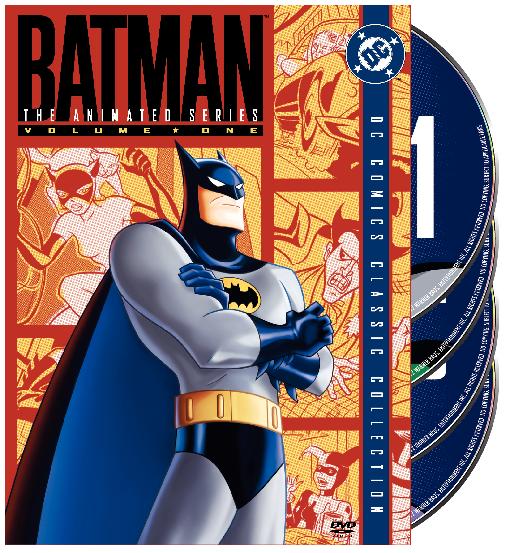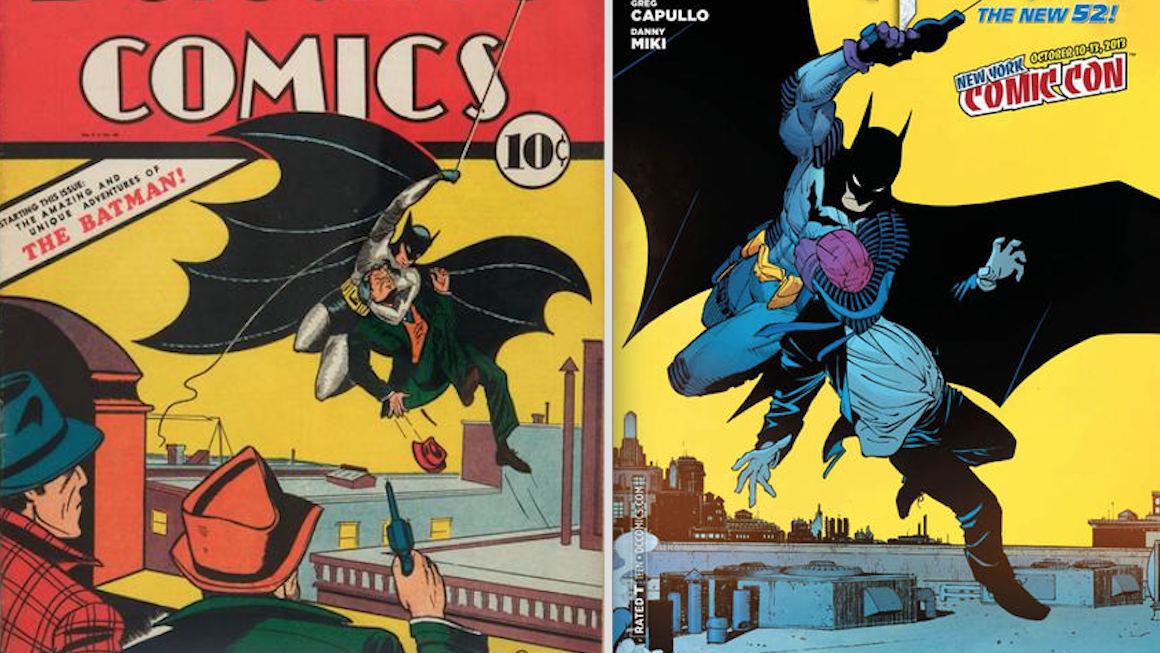

It gave him a powerful, definitive kind of movement.

His peripheral vision was a bit restricted, but that turned out to be kind of a good thing - if forced him to move in a rather butch sort of way because he had to turn his entire body in order to see to the side. Since the eyes are the actor's primary tools we felt it was better to leave the eye sockets open. Our black costume was really nearer the original concept." Bob Ringwood explained that even, "We tried blanking out the eyes with screens to match the drawings in the comics, but that left Michael with only his mouth to act with.

In his mind, the blue and gray was just a symbolic version of black.

So he had drawn it in blue and gray so that he could use different tones of the color for effect. After talking to Batman creator Bob Kane, we found out that he had always thought of Batman as being in black, but that it was very difficult to draw a black-on-black drawing for the comic strip. Again, I'm going for what would actually make sense." Amazing Heroes said, "And you're doing the utility belt with little pockets, as in Dark Knight." Mazzucchelli said, "They seem much more functional than those little test-tube things."Ĭostume designer Bob Ringwood explained in Cinefex #41 (1989), "Bats are black, of course – not blue – and black is much more sinister and sexy. Functional even if it has the huge cape, which, of course, is for effect. He really wants to appear batlike he doesn't want to appear like a pop art character. I don't see blue as having the effect Bruce Wayne wanted when he created the costume. I imagine it was originally used as the blue reflection on a black surface, and the blue has overtaken all the black. What I decided a few years back is, I don't like the way the color blue is used in the costume. It was a much harsher version, very stark, a lot of black. David Mazzucchelli said in Amazing Heroes #102 (1986), "When I started this project, I tried to find some of the oldest stories to see how he was originally depicted.


 0 kommentar(er)
0 kommentar(er)
